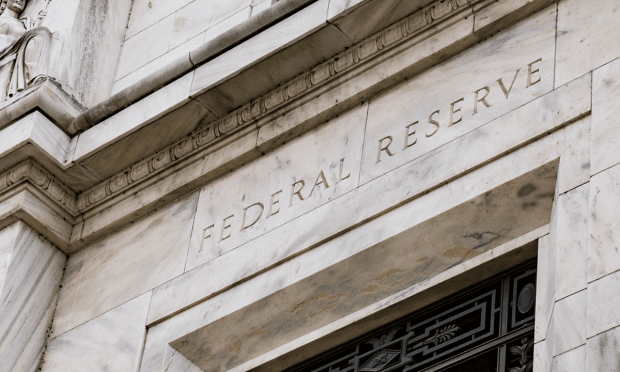US Regulators Sound Cautious Note on FinTech Innovation

If there was at least some consensus that came out of last week’s D.C. FinTech Week confab, it’s that banks and the regulators that oversee them need to tread a fine line between innovation and risk.
And the line may not be easily defined.
As noted in addresses from Michael S. Barr, vice chairman for supervision at the Federal Reserve, and Michael Hsu, acting comptroller of the currency, there are no easy answers in the mix in striving for that balance.
Barr’s remarks noted that there needs to be “balance” — and the problems inherent in striking that balance have been around for, well, centuries.
He pointed, by way of example, to the 1600s, when Dutch merchants and bankers were “otherwise busy creating global finance” and “where a series of destabilizing bank runs also moved them to establish a ban on short-selling. Many of the issues we grapple with today are not as new as we think … We have seen through history that excitement over innovative financial products can lead to a pace of adoption that overwhelms our ability to assess and manage underlying vulnerabilities.”
And with particular note of cryptos, he stated that crypto-assets had grown rapidly in the last several years, both in market capitalization and in reach.
“But recent fissures in these markets have shown that some crypto-assets are rife with risks, including fraud,” he cautioned. Central banking, he said later in the remarks, “is and will always be the main source of trust behind money. Stablecoins borrow that trust, so we have an abiding interest in a strong federal prudential framework for their use.”
As noted in this space previously, there remains the risk of bank runs and the threats of instability in the overall financial system: When a bank’s deposits are concentrated in deposits from the crypto-asset industry or from crypto-asset companies that are highly interconnected or share similar risk profiles, banks may experience deposit fluctuations that are correlated and closely linked to broader developments in crypto-asset markets, Barr said.
Frameworks from Congress will be necessary to help monitor stablecoins, and so far as CBDCs are concerned, Barr said, “the Federal Reserve has not made any decisions about whether to issue a CBDC, and if we believe it makes sense to do so, we would want the support of Congress and the Administration.”
During the question and answer session, after his remarks, it was noted that many FinTech companies are small, and experimental in nature. And, asked by Chris Brummer, professor at Georgetown University Law Center and founder of D.C. FinTech Week how to gauge the risks tied to those smaller companies, Barr noted that it’s important, broadly, to have capital and liquidity buffers and to assess “what’s the chance that those firms are doing all the same thing … if you have thousands of these firms, each of whom are small, doing exactly the same thing, they’re going to correlate the risk in the economy.”
And one key difference in risk that is significantly different nowadays is the rapidity of change. Given the technologies in place today, and the network effect, said Barr, “you can go from being a very small firm to being a very large firm very quickly … you can get to ubiquity much faster than ever before.”
During his own separate remarks, OCC’s Hsu said, and as noted last week, that “skeuomorphism,” — where new concepts are advanced to the public by comparing them to familiar ones that don’t mean the same thing in banking — may have its limitations as new, digital financial products come to market. The key question lies in whether or not these companies’ representations are fulfilling the purpose of enabling trust necessary for wider adoption
During the question and answer session with Hsu, Brummer noted that if FinTechs do not strive to simplify what’s on offer “people will not understand what that technology or that product is.” But there’s a tension between skeumorphism and the inherent complexity of some of these newer financial products or infrastructures that, in Hsu’s words, “is not easily solved.”
